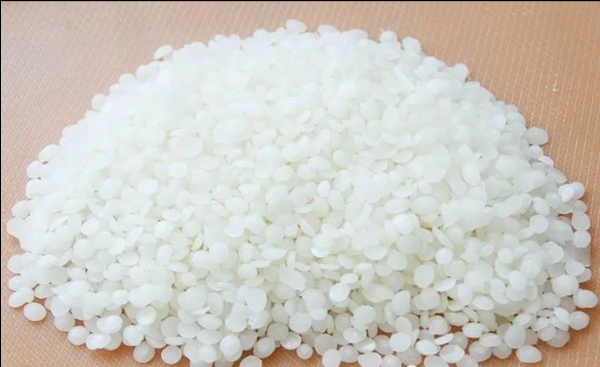Application of PE (polyethylene) wax in rubber
Multi-line text content element
HTML language content can be parsed after rich text content is bound to data
Release time:
Nov 23,2021

As a rubber processing aid, it can enhance the diffusion of fillers, improve the extrusion molding rate, increase the flow rate of the mold, facilitate demoulding, and improve the surface brightness and smoothness of the product after stripping.
Rubber: Protect the rubber from the erosion of electrostatic ozone, improve the dispersion of carbon black in the rubber, it is recommended to add 2-5phr;
The use of PE wax in rubber is a kind of chemical material, in which the color of the poly wax is white small bead/sheet, which is formed by polymerization rubber processing agent, which has the characteristics of high melting point, high hardness, high gloss, white color and so on.
The use of PE wax in rubber is a low molecular weight homopolymer or copolymer widely used in coatings. The so-called wax, means that the polymer is finally in the form of microcrystalline floating cloth in the coating surface to play a similar appearance of paraffin wax, but there are more different properties than paraffin wax wax.
The main role of PE wax in the use of rubber in solvent-based coating is: matting, scratch resistance, abrasion resistance, anti-polishing, anti-marking, anti-adhesion, anti-precipitation, thixotropy. Good lubricity and processability. Metallic pigment.
1. Lubrication dispersion
Generally do rubber or silica gel mixing will add some filling, some add carbon black, calcium carbonate, talcum powder, etc., high transparency requirements will add some white carbon black and the like. Add polyethylene wax can play a certain role in lubricating dispersion.
2. Anti-sticking and demoulding
General rubber is more sticky, easy to stick mold! Polyethylene wax can play a certain role in external lubrication.
3. Anti-ozone, the physical antioxidant of rubber products, migrates to the rubber products to form a protective film to play the role of anti-ozone.
4. Appropriate addition can reduce the Mooney viscosity of the compound and play a plasticizing role, but it should be noted that excessive amount will affect the mechanical properties of the compound.
5, a certain product extrusion, calendering, vulcanization molding fluidity.
6. Improve the uniformity of the compound: the self-lubrication of the inner and outer rubber materials and the dispersion of inorganic additives to improve the mixing uniformity of the compound.
But the general manufacturers will not choose polyethylene wax, the reasons are as follows:
1, the melting point is relatively high
Some rubber mixing temperature is 70-120 ℃, and polyethylene wax melting point is high, not easy to melt, not effective. (Generally, the softening point of polyethylene wax is about 70-100 ℃)
2, easy to precipitate
Rubber is a polymer material, while polyethylene wax has smaller molecules and is easy to precipitate if it is added more, while it is generally ineffective if it is added less. (2-4phr is appropriate)
3. Narrow scope of use
Mainly limited by the melting point.
4, affect the transparency of products
Previous:
Previous:
Recommended Content
Rubber back frost treatment method
Nov 07,2023
Application of FFKM Perfluorinated Sealing Ring
Oct 23,2023
Share

